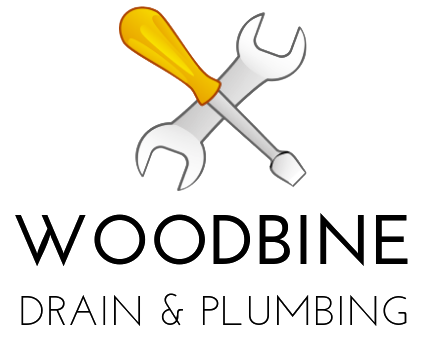Emergency Plumbing: What to Do Before the Pros Arrive

Plumbing emergencies can strike at any moment, turning your home into a watery disaster zone. A burst pipe, a sudden sewage backup, or a malfunctioning water heater can cause panic, but knowing how to respond swiftly can make a significant difference in minimizing damage and ensuring your safety. In this blog, we’ll guide you through essential steps to take before the professional plumbers arrive during a plumbing emergency.
Shut Off the Water Supply
The first and most crucial step in a plumbing emergency is to shut off the main water supply to your home. Locate the main shut-off valve, typically found in your basement, crawl space, or near the water meter. Turning it clockwise (righty-tighty) will close the valve and stop the water flow to your house, preventing further flooding.
Turn Off the Power
If the plumbing emergency involves electrical appliances or outlets near the water, such as a water heater or electrical panel, turn off the power to these areas to prevent electrical hazards. Safety should always be your top priority.
Open Faucets and Drains
Once you’ve shut off the water supply, open faucets throughout your home to relieve any residual pressure in the pipes. Also, open drain valves in your plumbing system to allow water to drain out, reducing the risk of further damage.
Contain the Water
Use towels, buckets, or any available materials to contain and absorb the water. This step can help minimize water damage to your floors, walls, and belongings.
Locate the Source
If you can identify the source of the plumbing issue and it’s safe to do so, try to stop or contain the leak using plumber’s tape, pipe clamps, or other temporary solutions. This can help reduce the immediate impact of the emergency.
Prevent Freezing
If the emergency occurs in cold weather, take precautions to prevent freezing. Open cabinet doors under sinks to allow warm air to circulate around pipes. If possible, apply gentle heat to frozen pipes using a hairdryer or heating pad.
Document the Damage
Take photos or videos of the damage before any repairs are made. This documentation can be valuable when dealing with insurance claims.
Call a Professional Plumber
After taking these initial steps, it’s time to call a professional plumber. Explain the situation in detail and request emergency service. Professional plumbers are equipped with the knowledge and tools to diagnose and repair the issue effectively.
Clean Up
After the plumbing emergency is resolved, thoroughly clean and dry the affected areas. This will help prevent mold and mildew growth and minimize long-term damage.
Review and Prevent
Once the situation is under control, take time to review what caused the plumbing emergency and how it can be prevented in the future. Regular plumbing maintenance and inspections can help identify potential issues before they escalate into emergencies.
Conclusion
Plumbing emergencies can be stressful, but knowing how to react quickly and effectively can make all the difference. By following these steps before the professional plumbers arrive, you can minimize damage, protect your property, and ensure the safety of your home and family during a plumbing crisis. Remember that in emergencies, safety should always be the top priority, and when in doubt, don’t hesitate to call for professional help.
